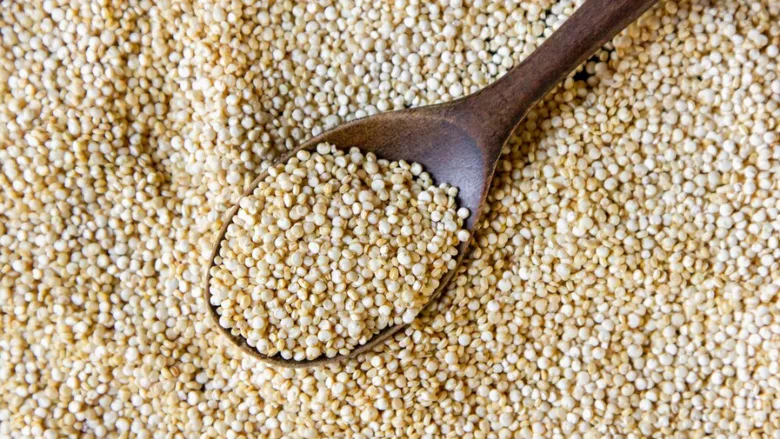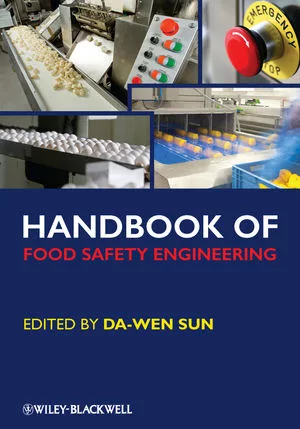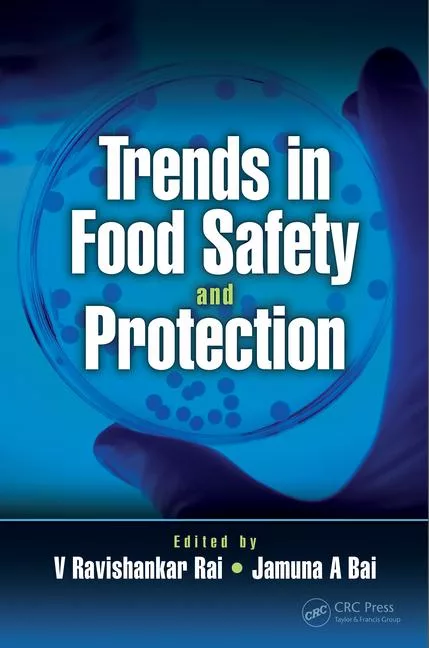Researchers Characterize Potential Toxicological, Allergenic Effects of Emerging Protein Sources

Image credit: KamranAydinov via Freepik
Researchers from Wageningen University and Research (WUR) have characterized the toxicological effects and allergenic potential of emerging alternative protein sources in a recent review.
The review looked at alternative protein sources currently being explored for their sustainability and their potential in meeting global protein demand. Specifically, the scope of the literature search included legumes (i.e., fava beans, mung beans, lentils, black gram, cowpea), quinoa, hemp, leaf proteins, microalgae, and duckweed. The literature showed that all of the protein sources investigated can contribute to adverse toxicological effects or allergic reactions in susceptible people, to some extent.
The presence of plant secondary metabolites—namely, antinutritional factors (ANFs), phytoestrogens, and oligosaccharides—were identified. The occurrences of secondary metabolites alone are not sufficient for establishing any level of toxicity or risk, and at low doses, some of these compounds are even considered active ingredients with beneficial effects. Still, others, like pyrimidine glycosides, are toxic for certain populations (e.g., those with favism, a type of hemolytic anemia associated with the ingestion of fava beans), even at low doses. The researchers noted that the occurrences of secondary metabolites for emerging protein sources are not significantly different from those observed in well-established protein sources, like soybeans.
Some toxicological threshold values for the leaf protein Moringa, duckweeds, and microalgae have already been established. Additionally, microalgae grown under stressful conditions can be cytotoxic for mammals and can accumulate toxic elements from the environment, which can then be transferred to aquatic animals.
Regarding allergenicity, all of the protein sources investigated have the potential to cause allergic reactions in multiple ways. Except for quinoa and duckweed, allergens or allergen-like proteins are intrinsic to all of the protein sources included in the review. However, only the allergens in lentils, mung beans, and hemp seeds are included in the classification system established by the World Health Organization (WHO)/International Union of Immunological Societies (IUIS) Allergen Nomenclature Subcommittee. None of the protein sources investigated are regulated priority allergens in the EU or U.S., meaning that their potential presence does not have to be indicated on food allergen labels, and the use of precautionary allergen labeling (PAL) is not standardized.
Moreover, the potential of cross-reactivity (when the immune system reacts to a substance because it is similar to another substance to which the body is already allergic) was found for all protein sources, either with regulated or non-regulated allergens.
Importantly, the researchers highlighted the existing knowledge gaps about how the emerging alternative proteins are processed, or how processing may affect the safety of final products. They underline the need for further research into the effective elimination of toxic plant secondary metabolites and allergens during processing, while not introducing processing contaminants and while maintaining digestibility and functionality.
The study, published in Comprehensive Reviews in Food Science and Food Safety, was conducted by Matilde Milana, M.Sc., a Ph.D. Candidate at Wageningen Food Safety Research; Esther D. van Asselt, Ph.D., Senior Food Safety Scientist at Wageningen Food Safety Research; and Ine van der Fels-Klerx, Ph.D., Special Professor of Food Safety Economics and Principle Scientist and Project Manager at Wageningen Food Safety Research.
Looking for quick answers on food safety topics?
Try Ask FSM, our new smart AI search tool.
Ask FSM →









